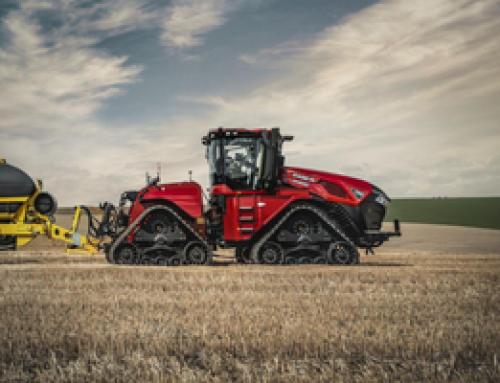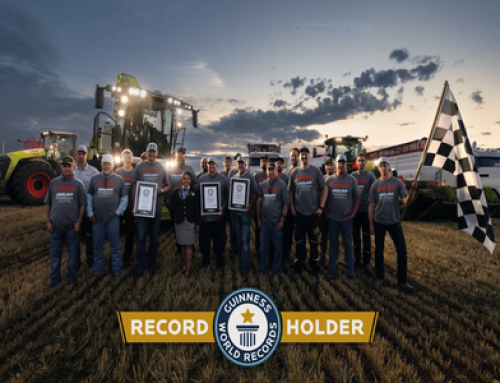Source: Wilbur-Ellis news release
DENVER, Colorado — Smart financial planning has never been more important for growers navigating today’s shifting markets. With commodity prices down, tighter liquidity and shifting bank practices, growers are weighing their borrowing options more carefully than ever. In this volatile market, it’s important to keep three fundamentals in mind when considering agricultural loan options: competitive pricing, flexibility and simplicity.
“Those are the things that really differentiate ag financing options and help growers put themselves in the best position,” says Shane Prim, senior commercial lending manager with WE Ag Finance from Wilbur-Ellis.
Prioritize Competitive Pricing
When decreasing commodity prices and increasing input costs combine to drive down income, interest becomes one of the most significant costs growers can control.
“The best way to shore up your bottom line is to look at your expenses,” Prim says. “And interest is one of those expenses that a grower has to plan for to bring their crop to fruition,” he adds.
Comparing rates between banks and supplier financing programs can also open up new avenues for growers. Prim notes that every ag lender’s mix of financing will look different, so he emphasizes that growers must “compare your options and do the math” before deciding.
Find Flexibility
The second pillar involves aligning the repayment schedule with expected cash flow. Commodity cycles, harvest schedules and even the decision to hold crops for better market prices can all affect when income arrives.
“Growers really need to look at how ag financing programs line up with when their crop income comes in,” Prim explains.
Prim points out that this flexibility can provide much-needed breathing room, especially when harvests are delayed or markets fluctuate.
Seek Simplicity
Finally, Prim stresses the importance of keeping ag financing straightforward. Managing multiple loans or tracking different promotional rates can distract from what growers do best: producing crops.
“At the end of the day, growers want to be out there growing their crops and maximizing their value,” he says. “The last thing they want to deal with is a complicated loan setup.”
With this in mind, growers should look for borrowing options that are designed around a single loan and maturity date, with the option to draw on multiple ag financing offers without juggling separate accounts.
Looking Ahead in Ag Lending
While interest rates have eased slightly, Prim believes the credit market will remain tight in 2026 if commodity prices stay low. That makes it even more important for growers to strategically evaluate their financing options.
“In both row crops and specialty crops, it’s going to take pulling different levers on financing capabilities to make it work,” he notes. For some, that may mean blending bank loans with input financing to cover all operational needs.
His bottom-line advice: “Compare your options and do the math. Look at the costs, understand what it’s really going to take to run your business, and pick the best option for you.”
To learn more about ag financing options available to growers, contact your local Wilbur-Ellis representative or visit WE Ag Finance.



